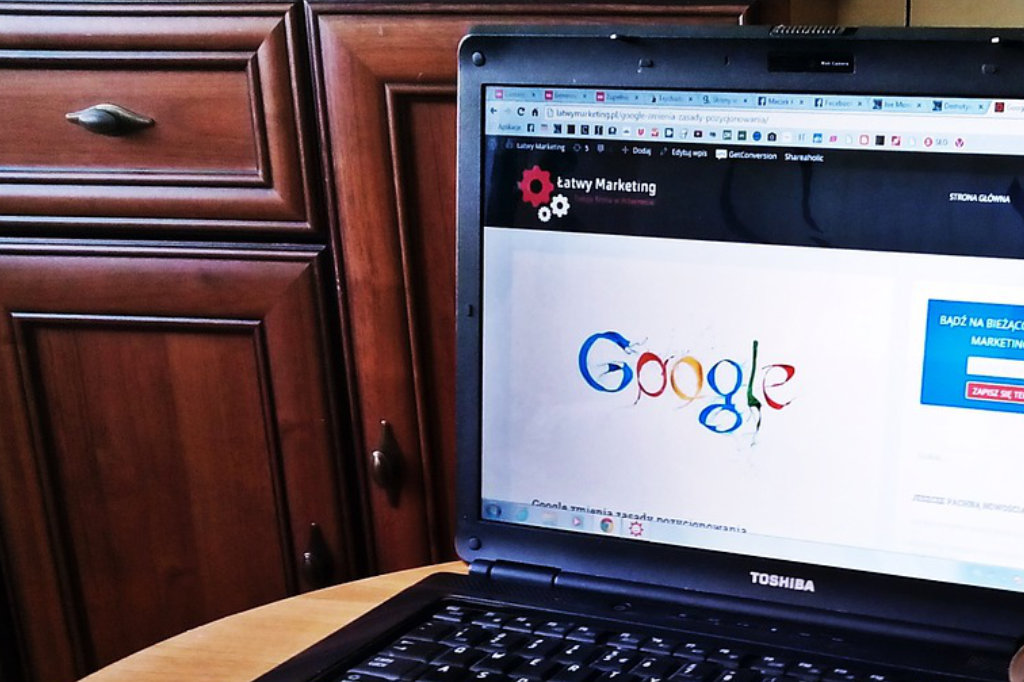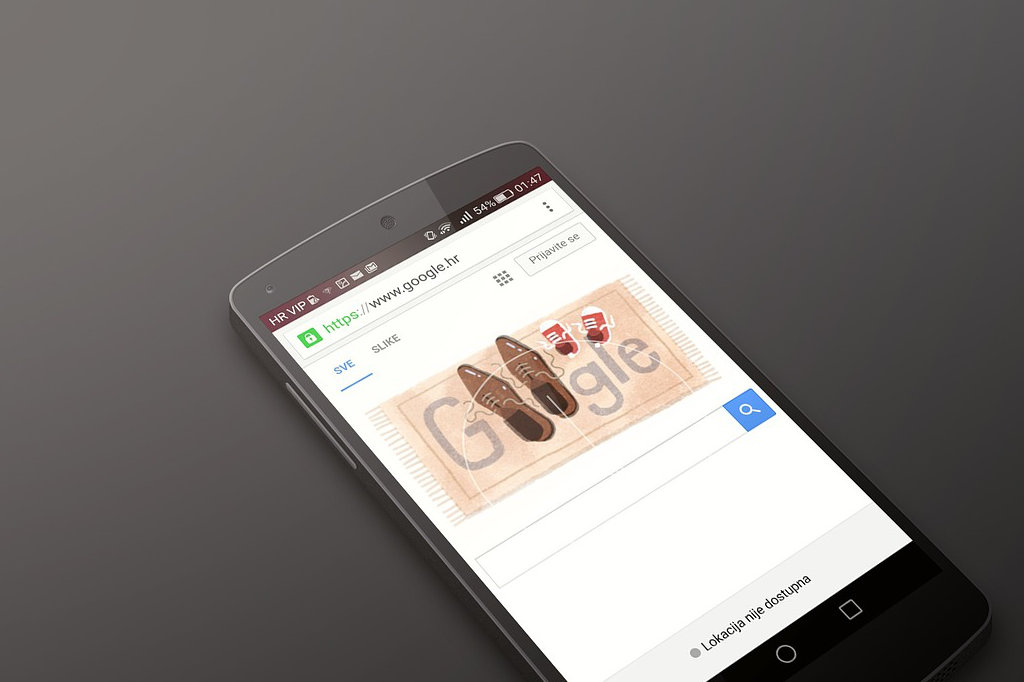Brand Hijacking: Safeguarding Your Identity When Using Google Paid Ads
Establishing a brand takes patience, dedication, and constant nurturing over time, through marketing strategies, customer engagement and quality assurance. It’s a work-intensive journey that can span years before gaining some recognition. This is why when this hard-earned recognition is used by others to gain visibility in a competitive market, it doesn’t feel only foul play, it feels more like being robbed. Brand hijacking, while controversial, underscores the complexities and aggressive nature of online advertising, where visibility is paramount, and the battle for consumer attention can blur traditional boundaries.
We’re experts in eCommerce development services and we’re here to help you choose the right solution for your business.
Same like a rival setting up shop directly in front of your own storefront, surprisingly, brandjacking isn’t illegal for all the reputational damage it can cause.
So, in this article, we delve into the implications of brand hijacking, the many forms it can take, exploring both its effectiveness as a marketing tool and the ethical considerations it raises within the business community.
Different forms of Brand Hijacking
Brand Name Impersonation
This specific form of brand hijacking occurs when a company deliberately assumes the identity of another well-known brand to capture its audience and gain market share.

The tactic was widely seen in Russia, when big brands decided to leave the market following the occupation of Ukraine.
The famous McDonald’s on Pushkinskaya Square, where thousands lined up for hours for a taste of the West when it first opened in 1990, is now renamed as Vkusno i Tochka, but the food, the packaging and even the logo remained similar.
China is another part of the world where anything is possible. A notable case occurred when Qiaodan Sports registered a name and a logo similar to Nike’s Air Jordan and built a substantial business selling athletic apparel and footwear.
Social Media Piggybacking
This happens when a company uses another brand’s social media popularity and hashtags to boost its own visibility and engagement. Swaying more towards the area of clever marketing tactics rather than the controversial area of immorality, the tactic still allows a business to appear in search results and feeds of users already interested in a similar, often more popular, brand.
A good example is DiGiorno Pizza’s clever use of a trending hashtag on Twitter. During a live broadcast of “The Sound of Music Live!”, DiGiorno began tweeting humorous commentary associated with the show’s hashtag. This not only gained them widespread attention as they piggybacked on the show’s popularity but also highlighted their brand’s personality, differentiating them in the competitive pizza market. Their engagement levels went through the ceiling, showing how effectively piggybacking on a popular event’s social media presence can benefit brand visibility and audience engagement.
Brand Name Mentions
This involves strategically using the names of competitors within a company’s marketing content to attract attention and gain credibility by association.
Ever seen a blog article titled “Top 10 Marketing Agencies in the UK”, written by… well, you guessed it, a marketing agency? Well, this is exactly that. An agency positions itself at the number one spot, followed by nine of its competitors. This approach not only capitalizes on the SEO benefits of including recognized names in the content but also subtly implies that the agency was a leader in the field, steering the perception of new clients and reinforcing its brand presence.
Google Ads Brand Hijacking
As one of the most malicious forms of brand theft and our main topic for this article, this tactic involves the use of a competitor’s brand name as a keyword in pay-per-click (PPC) advertising campaigns. In this scenario, when consumers search for a particular company by name, they are unexpectedly greeted by advertisements from its competitors.
A great example is when a company employs sponsored ads where they bid on keywords containing the competitor’s name, presenting its product as an alternative to the other, leveraging on the other company’s brand visibility.
Exploiting Google Paid Ads
Google Ads brand hijacking is particularly malicious because it directly intercepts potential customers at the moment of their intent to engage with a specific brand. Unlike other forms of brand hijacking, such as social media piggybacking or brand name mentions, which rely on associative or indirect methods to draw attention, Google Ads brand hijacking not only diverts sales and dilutes brand trust but can also lead to customer confusion and damage the brand’s reputation. Not to mention that it unlawfully benefits from the long-term marketing efforts of the hijacked brand.
Although there are a few notable court battles where big companies like Rosetta Stone, American Airlines and Geico sued Google for allowing competitors to bid on their trademarked name as keywords in Google Ads, the practice still takes place because the line between competitive advertising and trademark infringement often is very blurred. A paid ad presenting a product as a better alternative to another might seem unethical, but in the eyes of the law, it might look legit.
The above mentioned lawsuits concluded with settlements between the parties, but the most important effect was that they prompted a broader discussion about the policies of ad platforms regarding trademark use, making Google work hard to strengthen their algorithms to reduce such pursuits as much as possible.
Identifying Brand Hijacking in Google Paid Ads
There are various tactics used by brand hijackers in Google paid ads, such as trademark infringement, misleading ad copy and unauthorized product listings.

While the last two tactics steer towards the illegal and penal area, we like to think and hope that they are not widely found. Unauthorized Product Listings involve hijackers posting ads that falsely claim to sell products or services from a well-known brand into transactions with counterfeit or unauthorized sellers. Misleading ad copy is another malicious tactic that might be found in Google paid ads. Hijackers craft ad texts that mimic the look and feel of the targeted brand’s own advertising, misleading consumers into thinking they are clicking on ads from the original brand. But, as we said, there is no blurry line here. These are clear illegalities.
Trademark infringement, however, is quite common. But pay close attention here. We are talking about trademarks, and not unregistered brand names.
One good example of trademark infringement occurs when a competitor uses the phrase “An alternative to…” as part of their ad copy. The competitor is deliberately mentioning the bigger brand to attract the attention of users who might be searching for it, suggesting that their product is an alternative worth considering. Definitely not illegal, but 100% not ethical too. By using the company’s brand as a keyword to trigger their own advertisements, this tactic allows the hijacker to appear in search results when users search for the trademarked brand, effectively intercepting the traffic intended for the original company.
Or… the case of Samsung running ads that directly compare their Galaxy smartphones to the iPhone is well known. By using keywords like “iPhone” or “Apple,” in their ad campaigns, Samsung taps into the high search volumes for these keywords. The strategy is designed to attract Apple enthusiasts who might be persuaded to consider Samsung’s features as more innovative or cost-effective.
Another strategic form of brand hijacking involves naming a product in a manner similar to a competitor’s product and using the competitor’s brand name as a keyword in paid search advertising. This approach serves dual purposes: it capitalizes on the brand recognition and search traffic of the competitor, and it creates a direct comparison between similar products. This can be particularly effective in industries like software and technology, where customers often search for specific solutions and might compare features and pricing between similar products before making a purchase decision.
Making sure your brand is not hijacked
There are various tools and techniques for monitoring and detecting brand hijacking in Google paid ads, including keyword monitoring and competitor analysis.
The keyword monitoring tools from SEMRush or Google are perfect not only for finding if there are any malicious actions that might damage your brand, but also for uncovering the most profitable keywords to bid on & get higher ROI from your PPC campaigns.
Additionally, there are many Ad monitoring services that can automatically scan for ads that violate corporate trademark policies, sending alerts when potential infringements are detected.
Once you found out about any misdemeanors, it’s good to know that Google has strict trademark policies that allow trademark owners to file complaints if their brand is used improperly in Google ads. Upon receiving a complaint, Google reviews the brand’s use in the ad text and may impose restrictions to prevent unauthorized use.
Registering your trademark
As we explained earlier, legally fighting against hijackers can be done if you own a trademark. Without trademark registration, a brand name essentially remains a generic term that lacks legal protection against misuse or unauthorized use by others. Trademark registration legally recognizes a brand as the intellectual property of its owner, granting the owner exclusive rights to use the brand in connection with the goods or services listed in the registration.
There are governing bodies in every country in EU, if you wish to register your brand at national level only, an European institution – EUIPO, where you can register the brand to cover the whole European Union and the World Intellectual Property Organization, where you can register your brand internationally. Fees vary between a couple of hundred Euro for national coverage, a little over 1000Eur for European coverage and around 25000Eur for international coverage.
If you want to know more about our list of services at Clever++, please visit our website.




